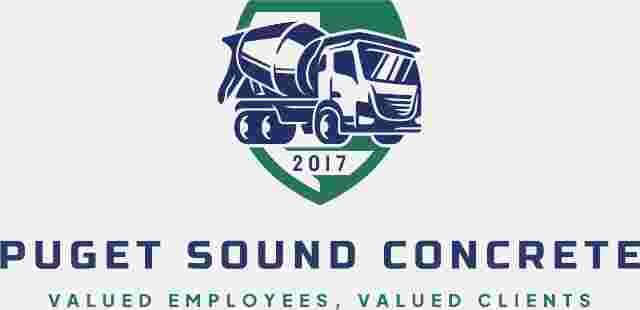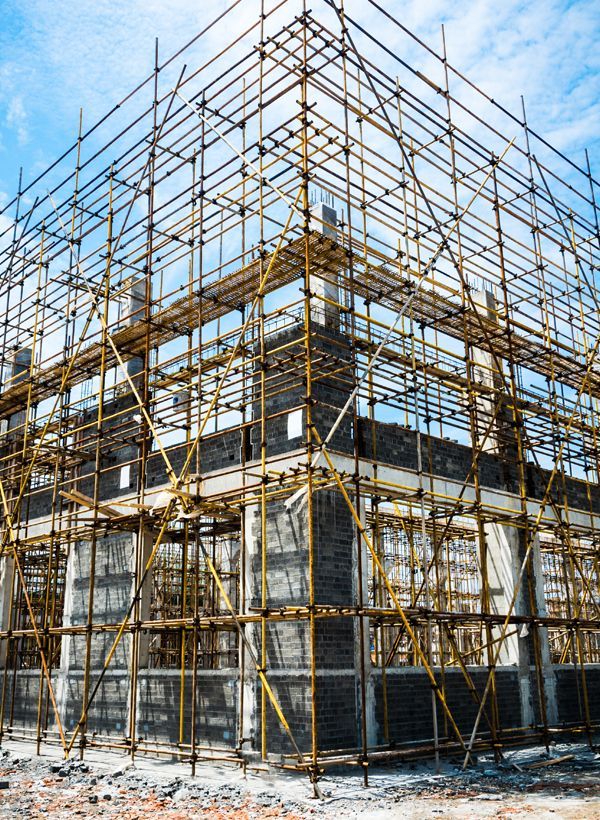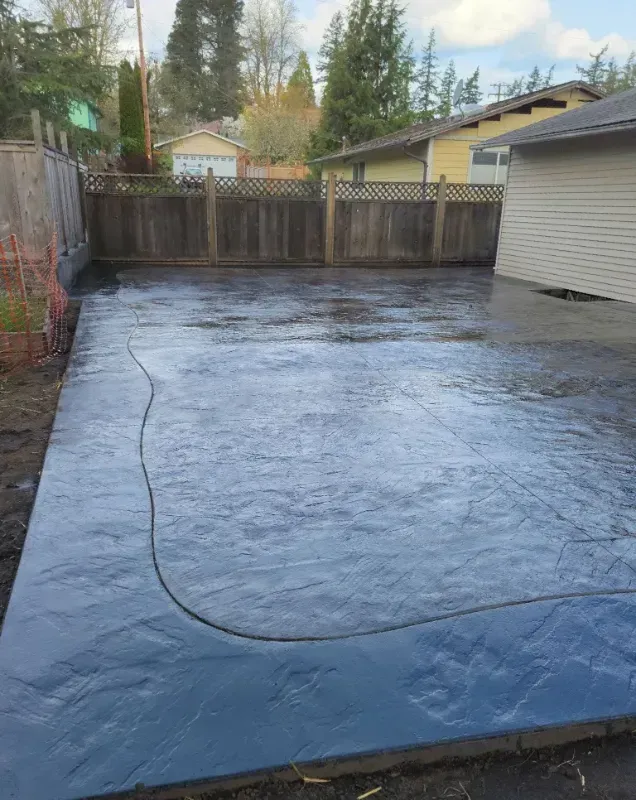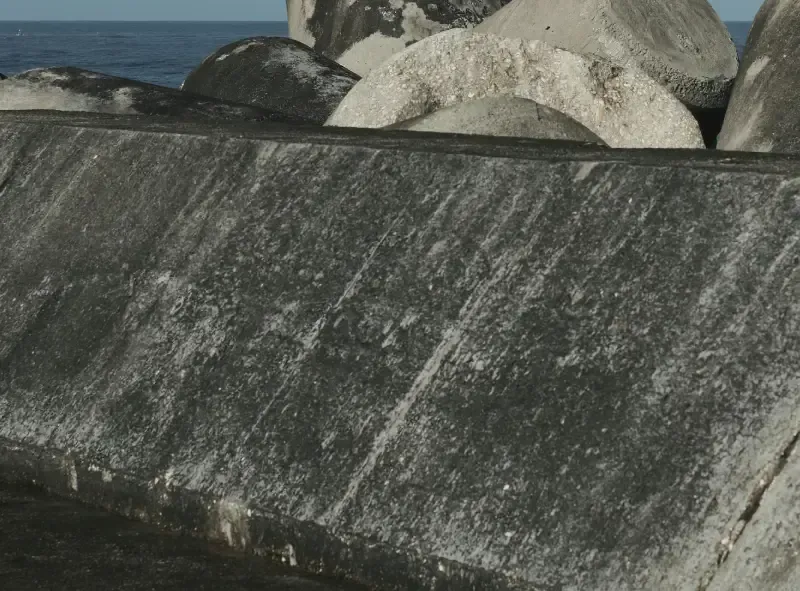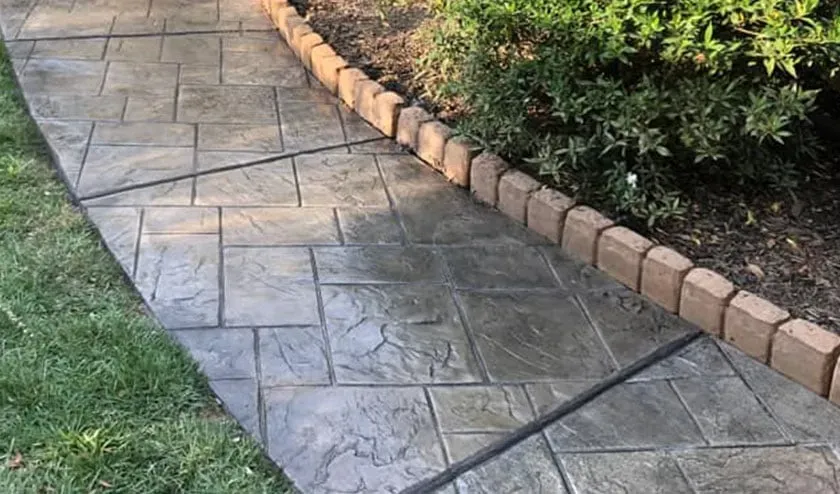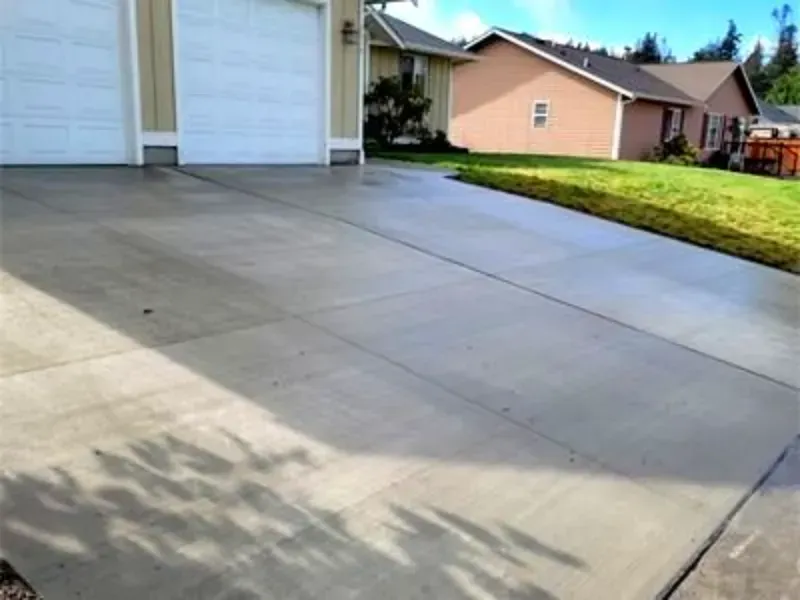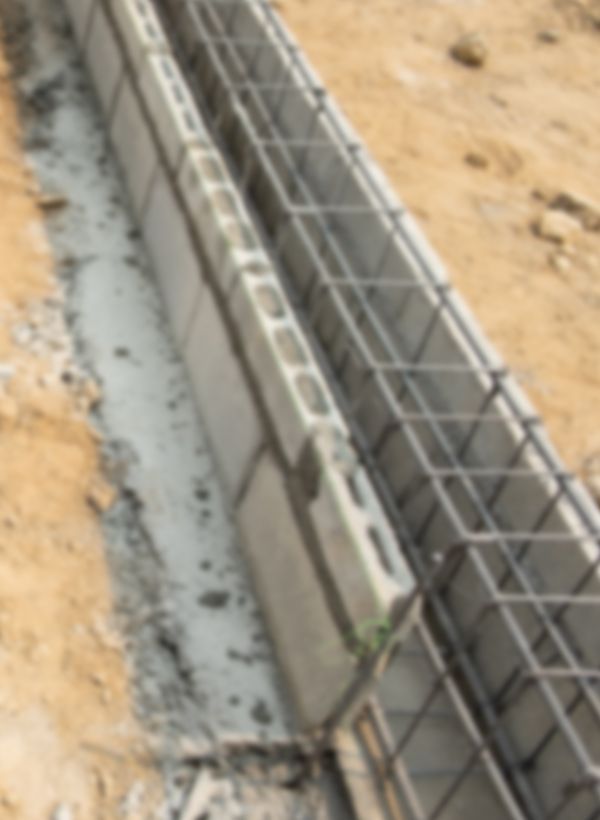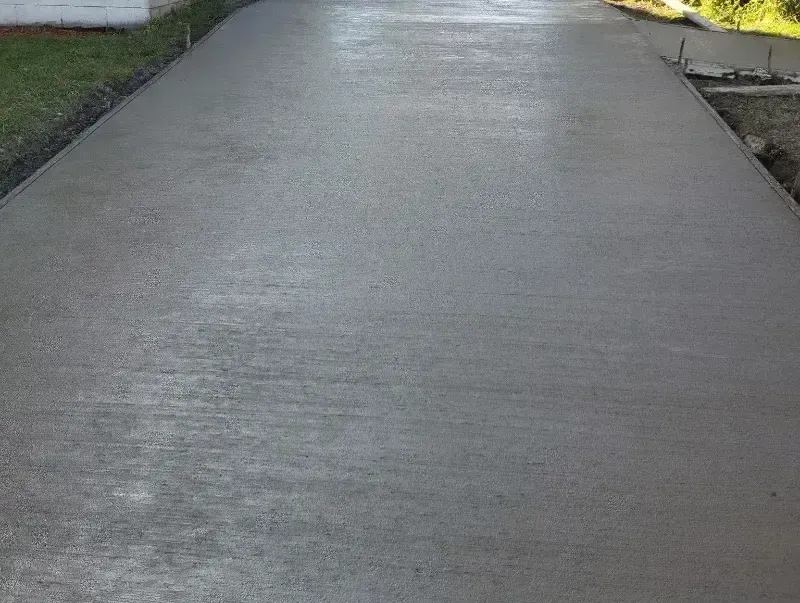1501 St. Paul St. Bellingham, WA 98229
Concrete Waterproofing: Methods You Should Practice
Concrete is a popular choice for durable structures, but even the toughest concrete needs protection from water. Without waterproofing, it's vulnerable to damage like cracks and corrosion. Waterproofing is like giving concrete armor against the elements, preventing water from causing trouble for your foundations. Let's explore some reliable methods to keep water out and ensure your concrete stays strong and sturdy.
Why Would You Need Concrete Waterproofing?
Water damage can severely impact concrete, leading to cracks, weakened structure, corrosion of reinforcements, and mold growth. These effects compromise the integrity and durability of concrete structures. Therefore, it's crucial to implement preventive measures like waterproofing to mitigate these damaging consequences.
By proactively protecting concrete against moisture, waterproofing extends the lifespan of structures, maintains their integrity, and reduces the need for costly repairs. From residential buildings to large-scale infrastructure projects, investing in waterproofing as a preventive measure offers long-term cost-saving benefits, ultimately preserving the value and longevity of concrete structures.
Key Methods of Concrete Waterproofing
Let's explore these key methods in detail to determine their effectiveness in safeguarding concrete against moisture infiltration:
A. Surface Treatments
Surface treatments are applied directly to the concrete surface to create a protective barrier against water penetration. This category includes:
1. Acrylic Sealers
Acrylic sealers are a popular choice for their ability to create a protective film on the concrete surface that repels water and offers resistance to UV rays. They are easy to apply and affordable, making them a versatile solution for various concrete surfaces.
2. Silane/Siloxane Sealers
Silane/siloxane sealers work from within the concrete pores, creating a hydrophobic barrier that repels water while allowing the concrete to breathe. This makes them ideal for horizontal and vertical surfaces exposed to varying weather conditions.
3. Epoxy Coatings
These coatings provide heavy-duty protection by creating a seamless and impermeable barrier that seals out water and other contaminants. They are highly resistant to abrasion, chemicals, and heavy traffic, making them a reliable choice for industrial, commercial, and residential applications.
B. Integral Waterproofing
Integral waterproofing involves adding waterproofing agents directly into the concrete mix during batching. This method enhances the concrete's resistance to water penetration from within. Common integral waterproofing methods are:
1. Admixtures
These are specially formulated additives that can modify the properties of concrete. They are added to the mix during the manufacturing process and can reduce the permeability of concrete. Admixtures can also increase the concrete's resistance to water absorption, making it less susceptible to damage from moisture.
2. Hydrophobic Additives
These help repel water and prevent it from penetrating the concrete, creating a waterproof barrier that protects the structure from the inside out. This method of waterproofing is particularly useful when you want to avoid external damage to the structure, such as when the concrete is already in place and cannot be accessed easily.
C. Sheet Membranes
Sheet membranes are thin, flexible membranes that are applied to the surface of concrete structures to create a waterproof barrier. They come in various types, such as:
1. Bituminous Membrane
These membranes consist of asphalt or modified bitumen and are applied in multiple layers to form a waterproofing barrier. These membranes are highly effective in preventing water penetration and are suitable for both new and existing structures. Bituminous membranes are also flexible, making them ideal for structures with complex shapes and designs.
2. Synthetic Membranes
These membranes are made from materials such as
PVC or
EPDM and are highly durable and resistant to
UV radiation. These membranes are also easy to install and can be adhered to the concrete surface using adhesive or heat welding. Synthetic membranes are particularly useful in areas with high foot traffic or where the waterproofing needs to be highly resistant to wear and tear.
D. Crystalline Waterproofing
Crystalline waterproofing is a unique method that utilizes crystalline admixtures to waterproof concrete. When mixed with concrete or applied as a surface treatment, these admixtures react with water to form insoluble crystals within the concrete pores, blocking the passage of water.
The application process involves either adding the crystalline admixture to the concrete mix or applying a surface treatment to existing concrete surfaces, allowing the crystals to grow and fill voids over time, creating a permanent waterproof barrier.
Best Practices for Effective Waterproofing
Here are the best practices in detail to ensure your concrete remains fortified against moisture infiltration:
A. Proper Surface Preparation
Effective waterproofing starts with proper surface preparation. This involves thoroughly cleaning the concrete surface to remove any dirt, debris, or contaminants that could interfere with the waterproofing material's adhesion.
Moreover, repairing any cracks or imperfections in the concrete ensures a smooth and uniform application of the waterproofing product. Proper surface preparation is crucial for maximizing the effectiveness and longevity of the waterproofing treatment.
B. Choosing the Right Method for the Environment
Not all waterproofing methods are created equal, and selecting the right one for the specific environmental conditions is essential for long-term success. Factors such as climate, exposure to water, and the type of structure must be considered when choosing a waterproofing method.
For example, in areas with high humidity or frequent rainfall, a robust waterproofing system such as sheet membranes or crystalline waterproofing may be more suitable. Consulting with a waterproofing expert, like
Puget Sound Concrete, can help determine the most appropriate method for the environment to ensure optimal protection against water damage.
C. Regular Maintenance and Inspection
Waterproofing is not a one-and-done solution; it requires regular maintenance and inspection to remain effective over time. Periodic inspections should be conducted to check for any signs of damage or wear on the waterproofing system, such as cracks, peeling, or discoloration. Any issues should be promptly addressed to prevent water infiltration and mitigate potential damage to the concrete structure.
Furthermore, routine maintenance, such as cleaning and reapplication of sealants or coatings, helps prolong the lifespan of the waterproofing system and ensures continued protection against water intrusion. By implementing regular maintenance and inspection practices, you can preserve the integrity of your waterproofing system and safeguard your concrete structures for years to come.
FAQs
Secure Your Concrete’s Longevity with Puget Sound Concrete
Waterproofing is an essential aspect of maintaining the integrity of concrete structures. By implementing the right waterproofing method and following best practices, you can safeguard your concrete against moisture infiltration and prolong its lifespan. Regular inspection and maintenance practices ensure continued protection against water damage.
Explore Puget Sound Concrete. We ensure your concrete's longevity by providing expert waterproofing solutions. We also offer several concrete services, including retaining walls, driveways, patios, and more.
Don't wait until it's too late.
Contact us today and take the first step towards protecting your concrete structures.
